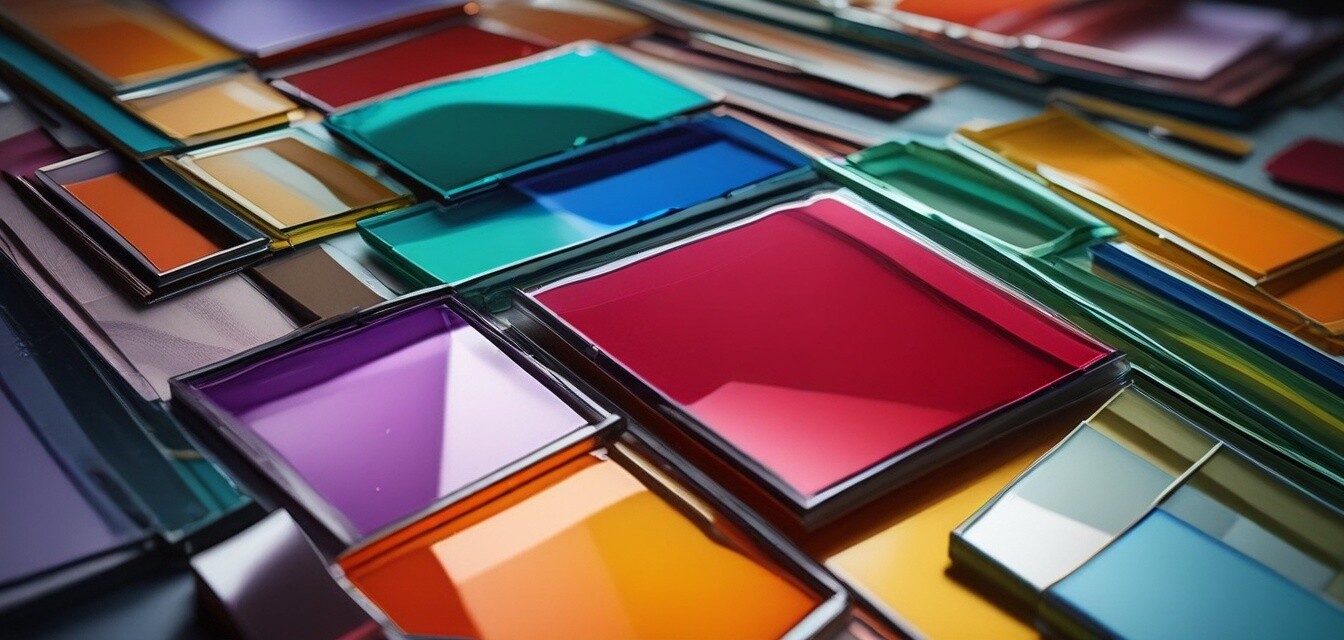
The significance of glass thickness in the art world
- Glass thickness is essential for determining strength and durability in art pieces.
- Thicker glass offers unique aesthetic qualities, while thinner glass may allow for intricate designs.
- Choosing the right glass thickness impacts safety and the overall success of projects.
- Different techniques in glass art, such as fusing and slumping, require specific thicknesses for optimal results.
- Understanding glass properties aids in the selection of supplies for creative expression.
When it comes to glass art, the significance of glass thickness cannot be overstated. The thickness of glass influences not only the artistic expression but also the structural integrity and safety of the finished piece. In this article, we will explore how glass thickness affects various art applications, aesthetic outcomes, and safety measures in glass projects.
Understanding glass thickness
Glass thickness is measured in millimeters and generally ranges from very thin sheets to thick slabs. The choice of thickness can affect several aspects of glass art, which is why it's crucial to understand its significance.
Common thicknesses and their applications
| Glass Thickness (mm) | Typical Use | Characteristics |
|---|---|---|
| 1-2 mm | Jewelry making, small decorative pieces | Lightweight, easy to cut, and delicate appearance |
| 3-4 mm | Functional items, such as coasters and plates | Balance between durability and finesse |
| 5-6 mm | Artistic tiles, panel glass for decor | More robust, allows for a combination of technique and design |
| 8 mm and above | Table tops, architectural applications | Heavy-duty, high strength, suitable for large installations |
The artistic impact of glass thickness
Artists often choose glass thickness based on the desired aesthetic effect and functional requirements. Here are a few points to consider:
- Visual Appeal: Thinner glass can create a sense of lightness, whereas thicker glass can offer depth and presence.
- Texture and Detail: Different thicknesses can allow for varying levels of detail in designs, particularly in techniques like glass fusing.
- Light Transmission: Thickness impacts how light interacts with glass, influencing colors and transparency.
Techniques influenced by glass thickness
In glassmaking, certain techniques require specific glass thickness for best results. For instance:
- Fusing: Generally uses thinner glass to allow rapid heating and melding of sheets.
- Slumping: May utilize a medium thickness to create depth and form while maintaining strength.
- Beveling: Requires a thicker glass to achieve durable sharp edges that enhance design.
Safety considerations in glass thickness
Safety is paramount in glass art. Thicker glass typically offers more strength and less breakage risk, which is crucial when creating larger pieces or functional items. Here are some essential safety tips:
- Always wear safety gear when cutting or handling glass.
- Ensure proper thickness is selected to maintain safety standards in functional items.
- Store thicker sheets securely to prevent accidents.
Exploring materials for glass art
In addition to glass thickness, the choice of materials can greatly affect your glass projects. For more information on essential materials, consider visiting our glass sheets and supplies page to understand the range of available options.
Conclusion
The significance of glass thickness in the art world cannot be ignored. It shapes the form, function, and safety of the final piece. By understanding the different thicknesses available and how they impact the art-making process, artists can make informed decisions that enhance their creativity and ensure successful projects. Explore your artistic side and let the thickness of glass be a guiding factor in your next creation!
Pros
- Improves the durability of artistic pieces.
- Allows for creative, unique designs.
- Enhances safety in functional glass items.
Cons
- Thicker glass can be heavier and harder to handle.
- Choosing the wrong thickness may impede the desired artistic effect.
- Cost can increase with higher thickness options.

